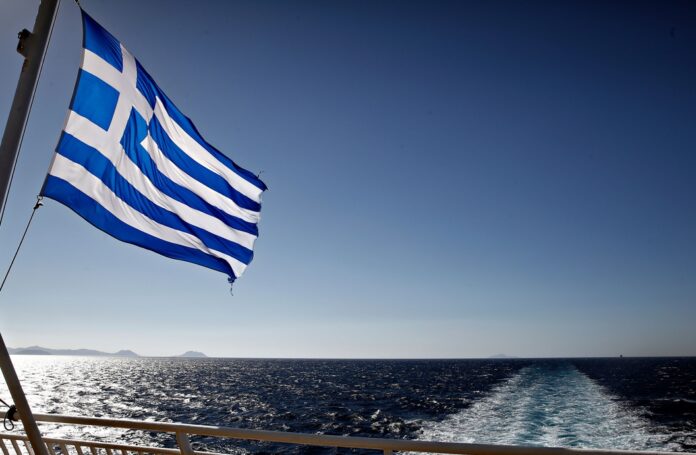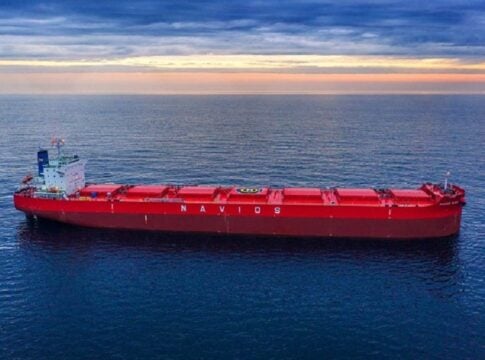The Greek registry is in free fall, steadily losing both ships and capacity every year.
Since 2023, the Greek registry has fallen below the psychological threshold of 500 ships.
At the beginning of the 21st century, the percentage of Greek flag ships exceeded 30% of the Greek-owned fleet, while today it is below 15%.
And as the latest statistics show, even now it has not managed to seize the opportunity offered by the European Commission, which sets a minimum limit for the use of European flags for ships managed by companies on European territory.
The causes of the negative trend, according to a survey conducted among Greek shipping companies and the data of which is available to “N”, are four.
The first is the bureaucracy, the second is the lack of Greek seamen, the third is the lack of digitalization of systems and the fourth is the slow response rates to the needs of ships on a 24-hour basis.
It is noted that, according to the annual report of the Hellenic Committee for Maritime Cooperation in London, while the strength of the Greek-owned fleet is steadily increasing almost every year, both in number of ships and in deadweight tonnage (dwt), the Greek registry is following the opposite course.
For example, in March 2015, the Greek-flagged fleet corresponded to 25.5% of the Greek-owned fleet (over 1,000 Gt) in terms of deadweight tonnage (dwt), and 20.6% in terms of number of ships.
In the corresponding survey of March 2024, the percentage of the Greek-flagged fleet corresponded to 14.5% of the Greek-owned fleet in terms of dwt, and 11.7% in number of ships.
But even in the months that followed, the Greek registry did not appear to have been strengthened, at least according to data from the Hellenic Statistical Authority, which measures the size of the fleet based on gross tonnage levels from 100 Gt.
According to the latest bulletin of September 2024, the Greek-flagged fleet numbered 1,834 ships with a capacity of 36,336,537 Gt. Just 0.4% more in terms of number of ships, but down by 2.9% in terms of tonnage.
Greek-owned shipping is the largest in the world in terms of tonnage (dwt). According to the latest data from the United Nations (UNCTAD), on January 1, 2024, Greek shipowners maintained their leadership in global shipping.
However, the Greek registry is much lower compared to the dynamics of the entire fleet. It remains of course in the top ten with the largest registries in the world (ninth place), but the continuous decline endangers its future course.
The causes
According to a survey conducted among Greek shipping companies, in order to reverse the negative course of the Greek flag, the main causes that the Greek authorities must address are four.
Based on the survey, the most important factors for avoiding the Greek registry are bureaucratic and time-consuming procedures, the lack of readily available crew, the lack of digitalization of the Greek registry, and the long response time to the needs of ships on a 24-hour basis, which is how seagoing shipping operates.















